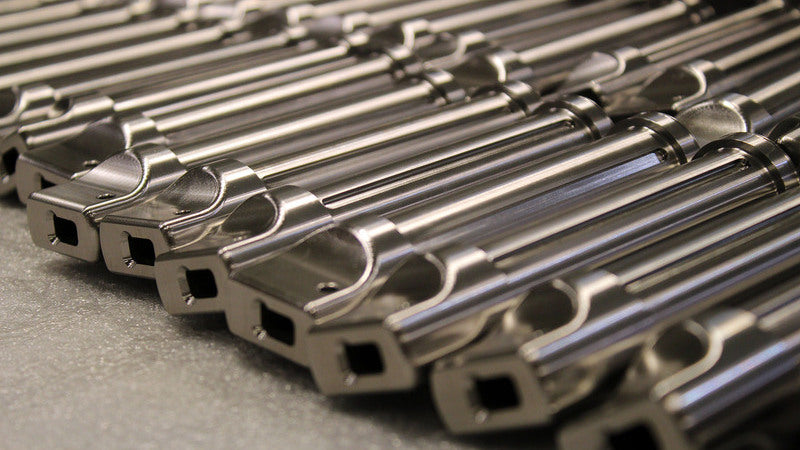Introduction:
Stainless steel is widely revered for its durability and resistance to corrosion. However, even this robust material can be susceptible to environmental factors. This is where stainless steel passivation comes into play, a crucial process for extending the life and maintaining the integrity of stainless steel products. In this blog, we'll explore what stainless steel passivation is, its process, and its pros and cons.
What is Stainless Steel Passivation?
Stainless steel passivation is a chemical process that removes impurities and enhances the natural chromium oxide layer on the surface of the steel. This layer is vital in protecting the metal from corrosion.
The Process:
Cleaning: The stainless steel is thoroughly cleaned to remove any contaminants, oils, and dirt that might hinder the passivation process.
Passivating: The clean stainless steel is then exposed to an acid solution, usually nitric or citric acid. This treatment removes any surface iron and promotes the development of a passive chromium oxide layer.
Rinsing and Drying: After sufficient exposure to the acid, the steel is rinsed with water and dried. The passive layer develops fully once the steel is exposed to air.

Pros of Stainless Steel Passivation:
- Enhanced Corrosion Resistance: The primary benefit is the increased resistance to rust and corrosion.
- Longevity: Treated stainless steel lasts longer, reducing replacement costs.
- Improved Cleanliness: The process removes surface contaminants, which is essential in industries where hygiene is a priority, like food processing and medical applications.
- Aesthetic Appeal: Passivation can improve the appearance of stainless steel, making it look cleaner and more uniform.

Cons of Stainless Steel Passivation:
- Cost: The process involves additional costs for treatment.
- Time-Consuming: The process adds extra steps and time to the manufacturing cycle.
- Limitations on Effectiveness: Passivation might not be as effective on certain grades of stainless steel or in environments with high salinity or acidity.
- Maintenance Required: Although passivation enhances corrosion resistance, regular maintenance is still necessary to ensure longevity.
Conclusion:
Stainless steel passivation is an essential process for anyone looking to maximize the life and effectiveness of their stainless steel components. While it comes with its costs and limitations, the benefits of increased durability and resistance to corrosion make it a valuable investment for many industries.
Stay tuned for more insights and tips on material treatment and maintenance.

